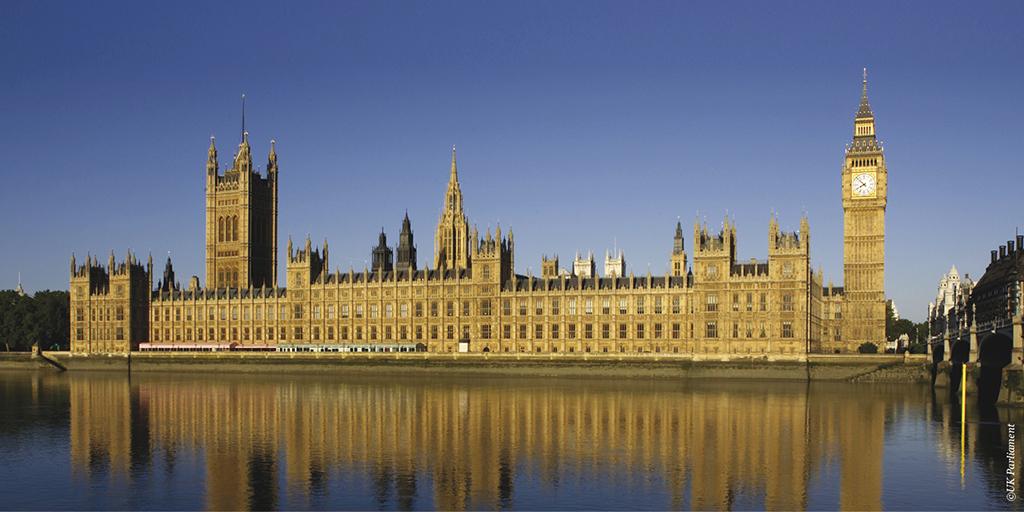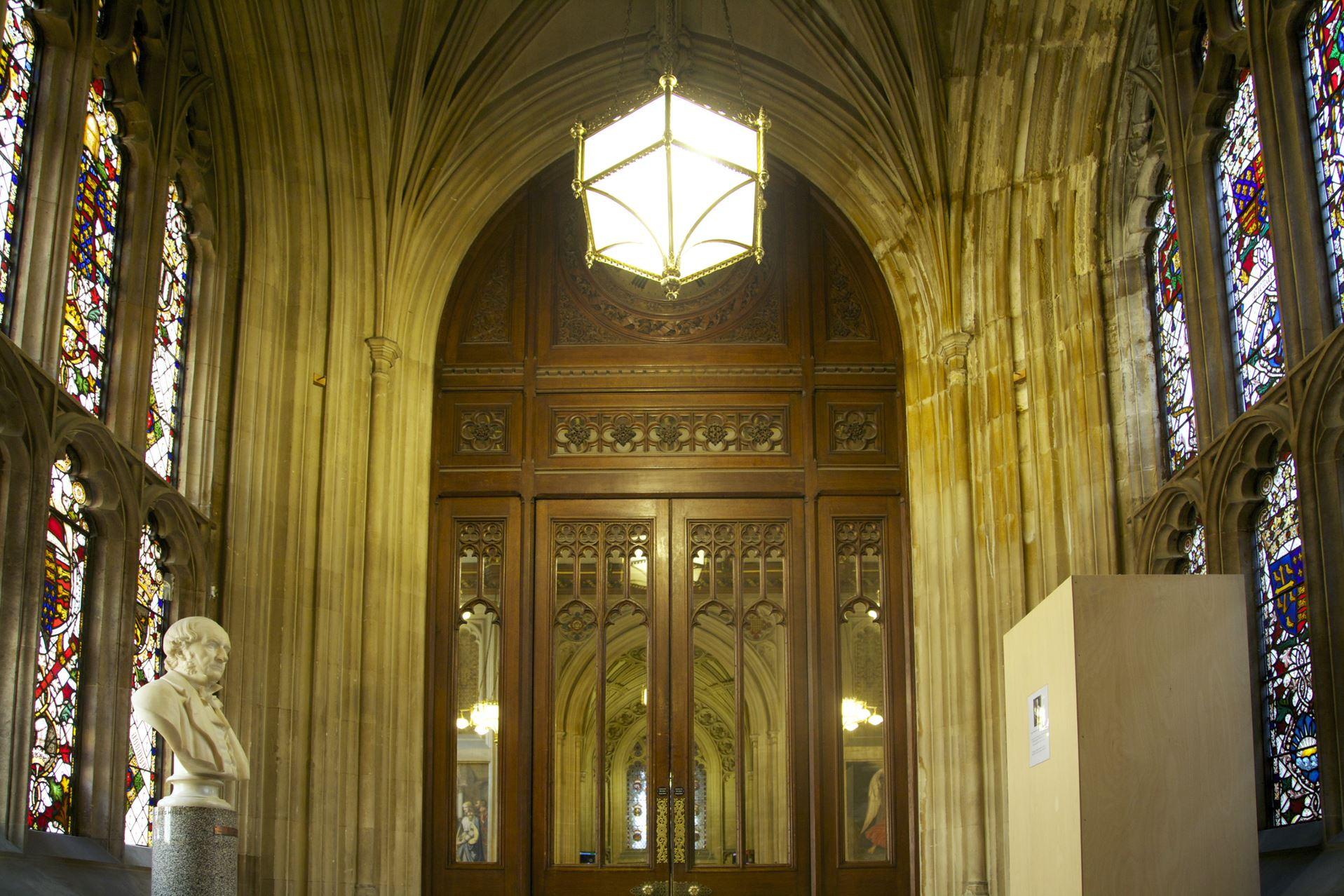Barry and Pugin
The architectural competition
All the submissions to design the Palace were anonymous. So architects were asked to submit their entries with a rebus – a small identity symbol. Charles Barry chose the portcullis, which he spotted on the Henry VII chapel of Westminster abbey next door. This was the family badge of one of the most brilliant women of the 15th century, Lady Margaret Beaufort, who lived to see both her son Henry VII and grandson Henry VIII on the throne. Today the portcullis is universally recognised as the symbol of UK Parliament.

The Gothic Revival style
The new Palace was designed in the Gothic Revival style. Gothic architecture was popular during the 15th Century, but during the 19th Century when Barry and Pugin were designing the new building it came back into fashion. Pugin was especially passionate about the style and today the Palace of Westminster is considered one of the finest examples of Gothic Revival architecture in the world. In 1839 Charles Barry toured the country with two geologists and a stonemason looking for the right stone. He picked Anston limestone, which came from the Anston quarry in Yorkshire. The stone is soft and easy to carve but this meant it also eroded quickly. After a large chunk of stone fell from the Victoria Tower in 1920, it was clear something had to be done. Clipsham stone, from Medwells Quarry in Rutland, was used as a stronger replacement. While some of the most damaged areas were replaced between 1930 and 1970, there is still a risk from stone fall today.

The first stone of the new building was laid by Charles Barry's wife in 1840. The majority of the building was finished by 1860 but it was not fully complete until 1870.
